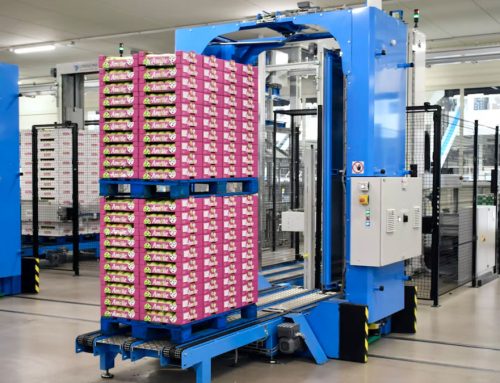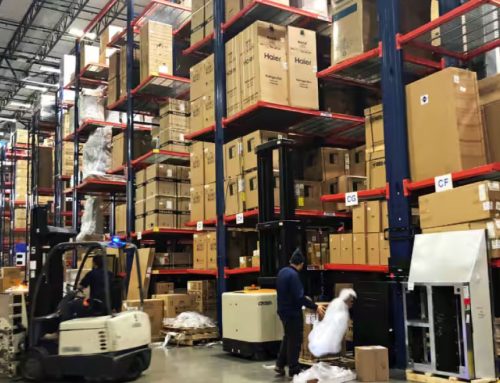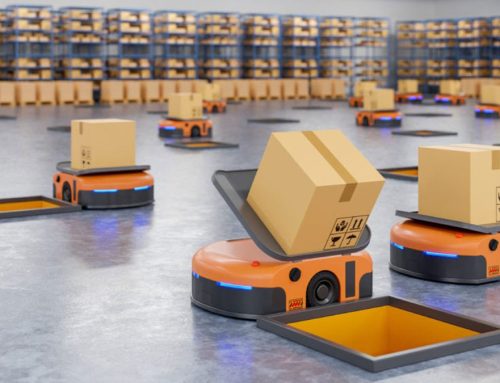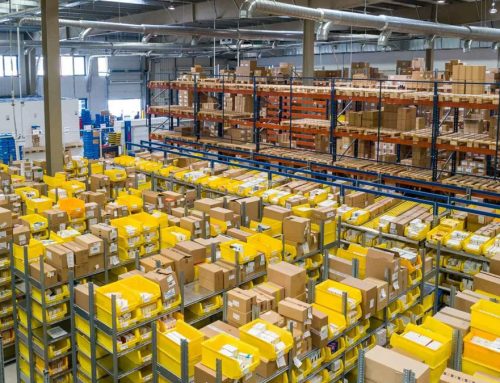The AI Renaissance: Transforming Warehousing into a Smart, Efficient and Customer-Centric Hub

Posted on: February 17, 2024
In the fast-evolving realm of logistics, Artificial Intelligence (AI) has emerged as a transformative force, reshaping the traditional paradigms of warehousing. The integration of AI technologies has ushered in a new era of efficiency, precision, and agility within the supply chain
In the fast-evolving realm of logistics, Artificial Intelligence (AI) has emerged as a transformative force, reshaping the traditional paradigms of warehousing. The integration of AI technologies has ushered in a new era of efficiency, precision, and agility within the supply chain. From demand forecasting to real-time inventory management and the deployment of autonomous vehicles, the impact of AI disruptions on warehousing is both profound and multifaceted.
In this exploration, we delve into the key disruptions brought about by AI in warehousing, uncovering how sophisticated algorithms and intelligent systems are optimizing various facets of the supply chain. These advancements not only promise enhanced operational efficiency but also hold the potential to redefine customer satisfaction standards. Join us as we navigate through the intricate web of AI-driven transformations, revealing the intricacies of a logistics landscape during a technological revolution.
Demand Forecasting
AI algorithms analyse historical data, market trends, and various external factors to predict future demand accurately. Predictive analytics enables warehouses to optimize inventory levels, reducing excess stock and preventing stockouts.
Supply Chain Management
AI enhances supply chain visibility by providing real-time tracking and monitoring of goods in transit. Intelligent routing algorithms optimize the movement of goods, reducing transportation costs and delivery times.
Client Satisfaction
AI-driven systems enable faster and more accurate order processing, leading to improved on-time deliveries and customer satisfaction. Chatbots and AI powered customer service tools enhance communication and problem resolution, providing a better overall experience.
Machine/Manpower Utilization & Optimization
AI-powered robotics and automation systems optimize warehouse operations by efficiently utilizing both machines and human resources. Predictive maintenance using AI helps prevent equipment breakdowns, ensuring continuous workflow.
Inventory Management and Real-Time Updation
AI streamlines inventory management through real-time tracking, reducing errors and minimizing the risk of stockouts. Automated systems help to maintain optimal inventory levels but triggering reorder points based on demand forecasts.
Vision Systems for Package Damage Assessment, Tracking, and Movement Monitoring
Computer vision systems inspect packages for damage, ensuring only quality products are shipped. AI-powered cameras and sensors track the movement of packages and vehicles within the warehouse, enhancing security and efficiency
Integration of IoT for Real-Time Data
IoT devices collect real-time data from various warehouse operations, providing a comprehensive view of the entire system. AI analyses this data to identify patterns, optimize processes, and improve overall efficiency.
Autonomous Vehicles for Material Handling
AI-driven autonomous vehicles navigate warehouses for tasks like transporting goods, reducing the need for manual labour. These vehicles optimize routes and adapt to dynamic warehouse environments, improving efficiency.
These AI disruptions collectively contribute to more efficient, accurate, and agile warehousing operations, ultimately improving the overall performance of supply chain management.





